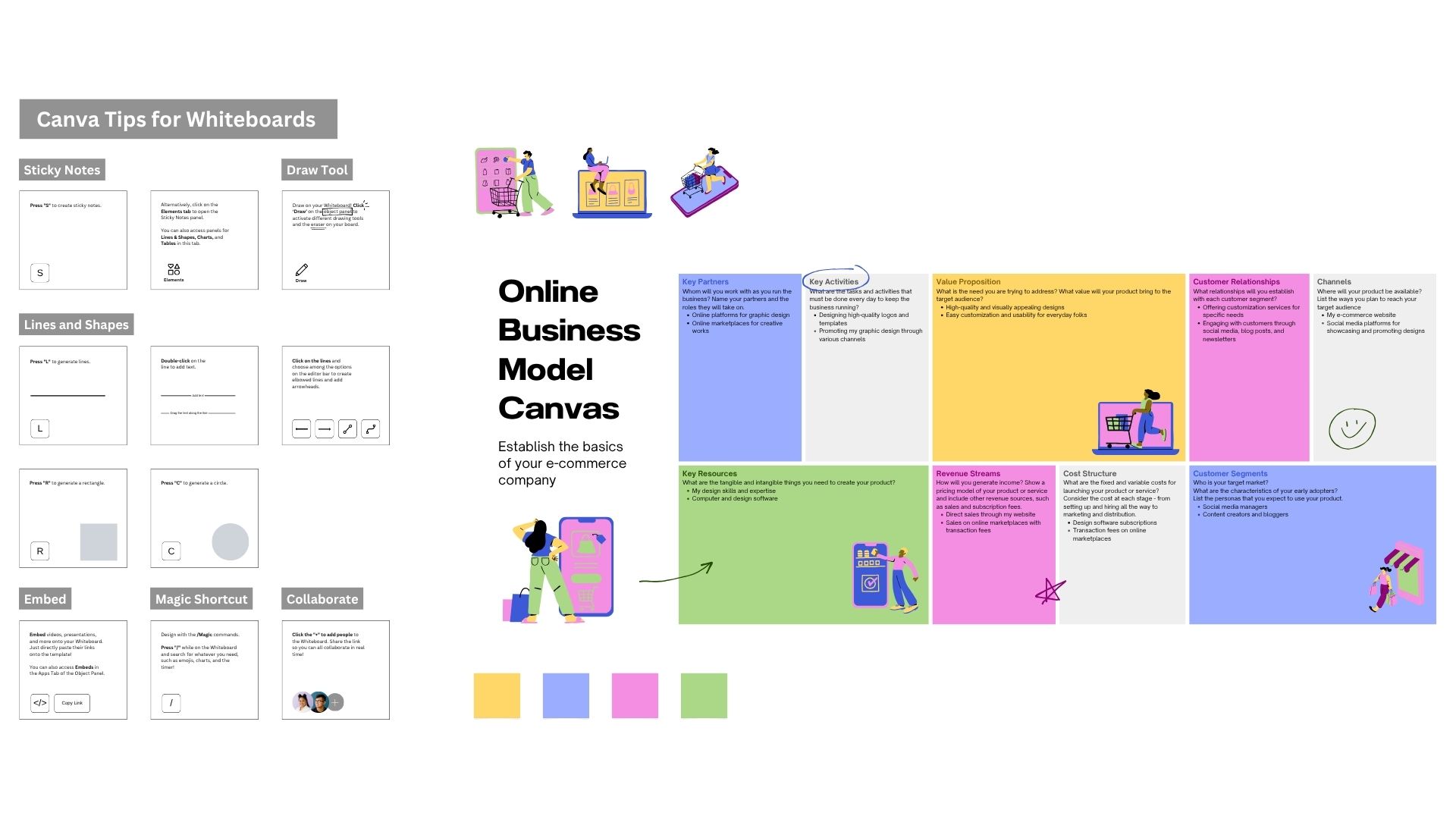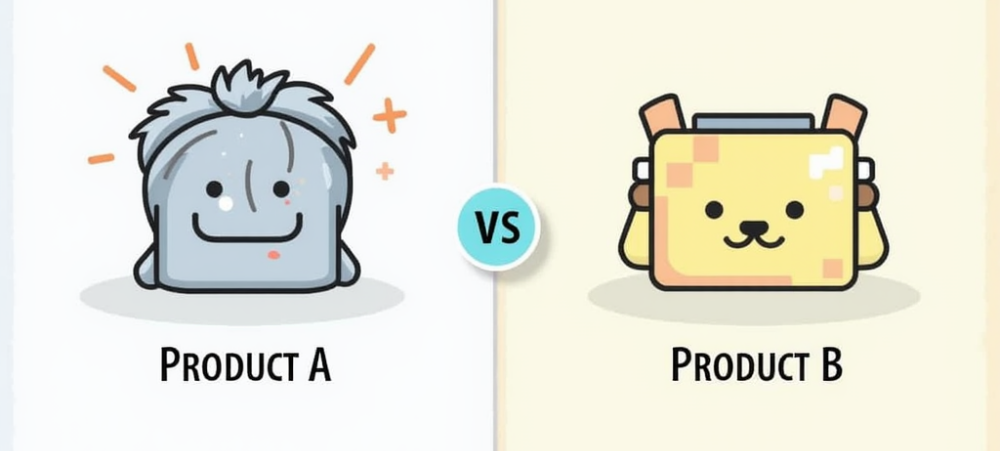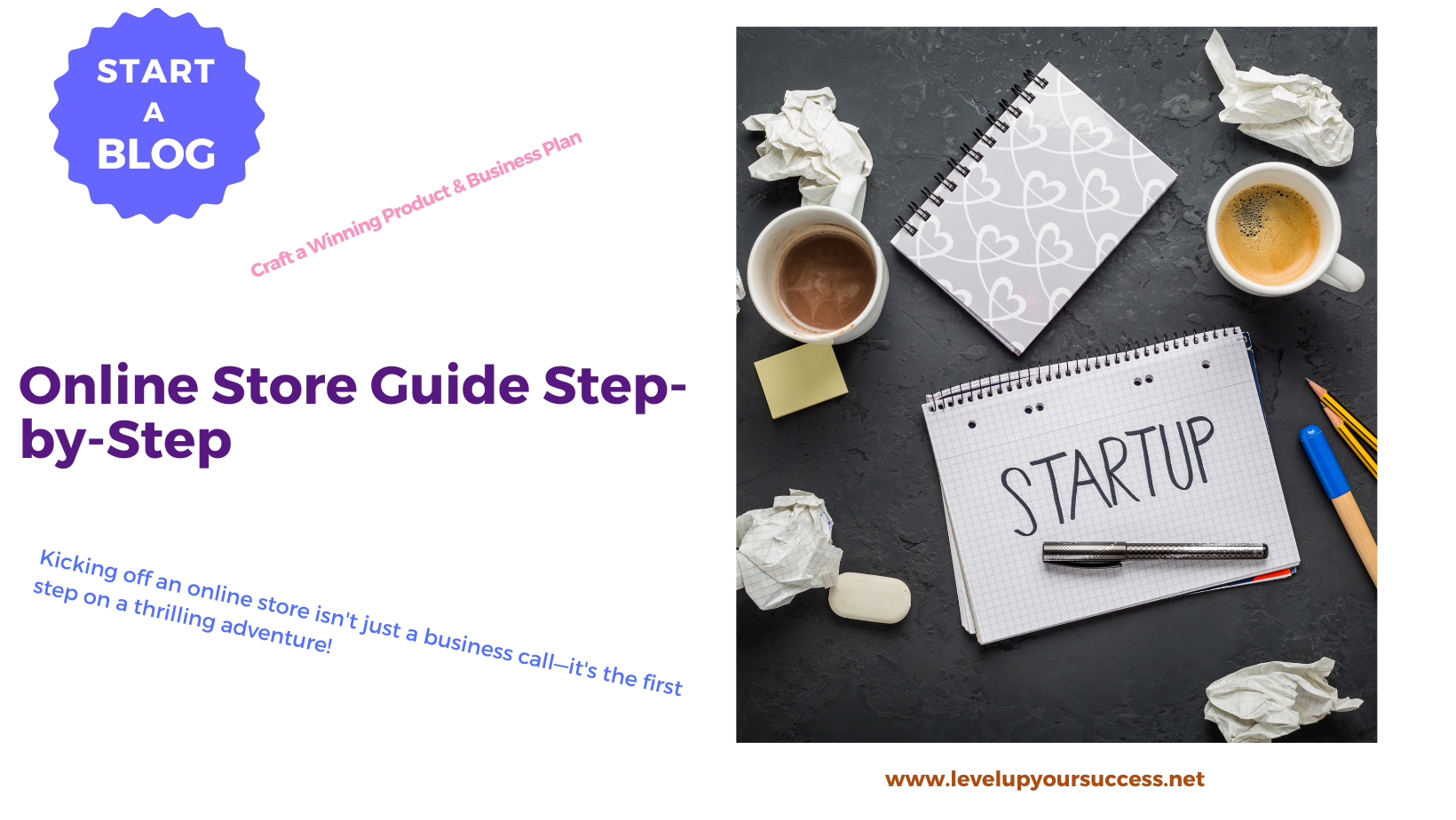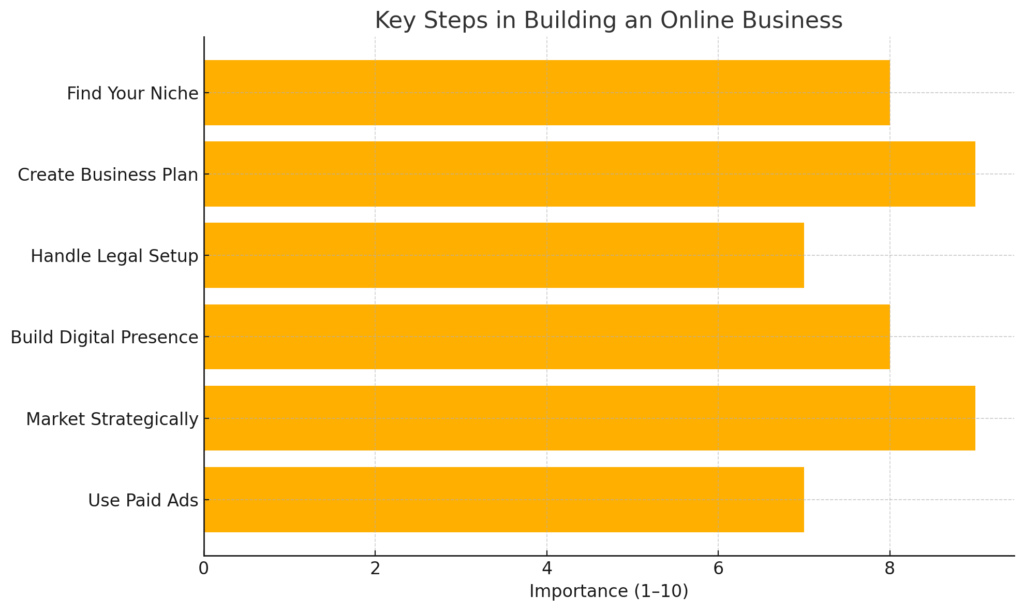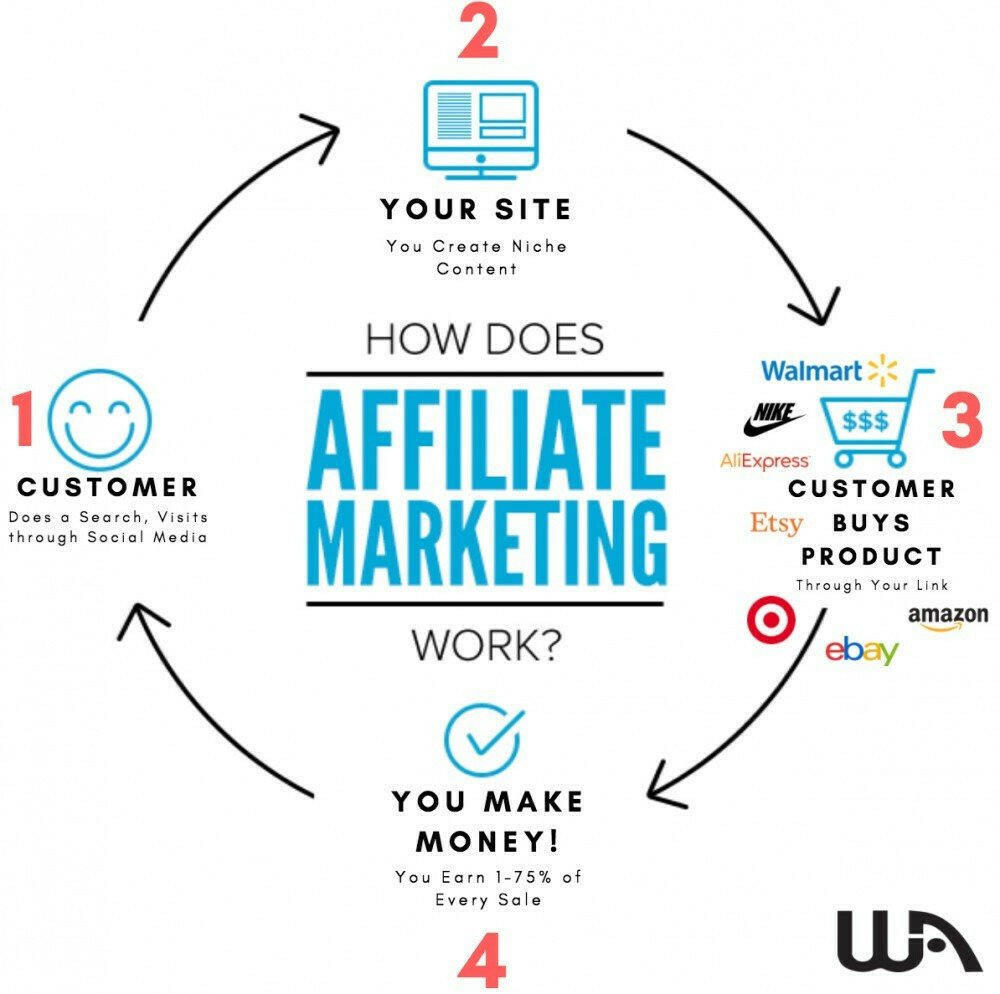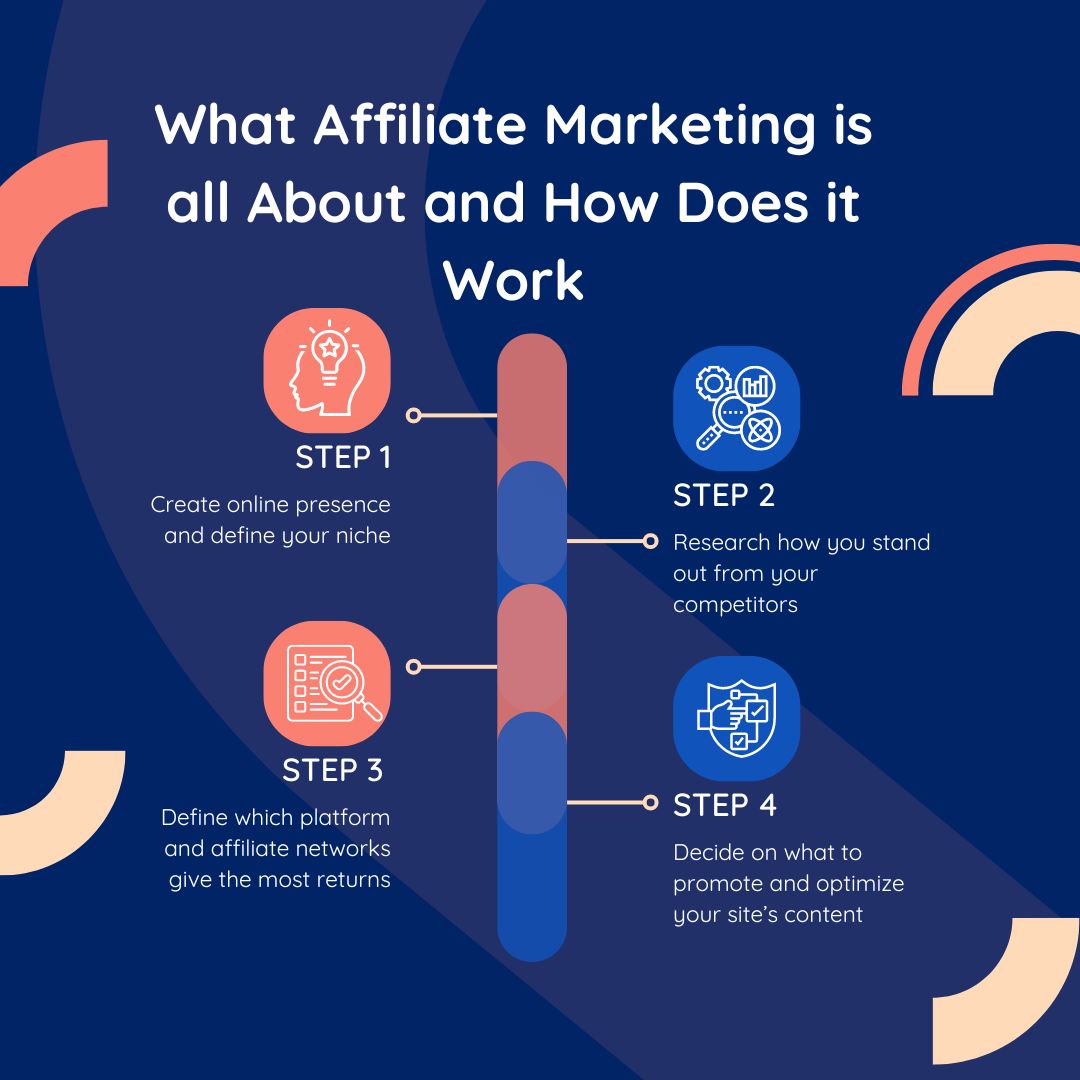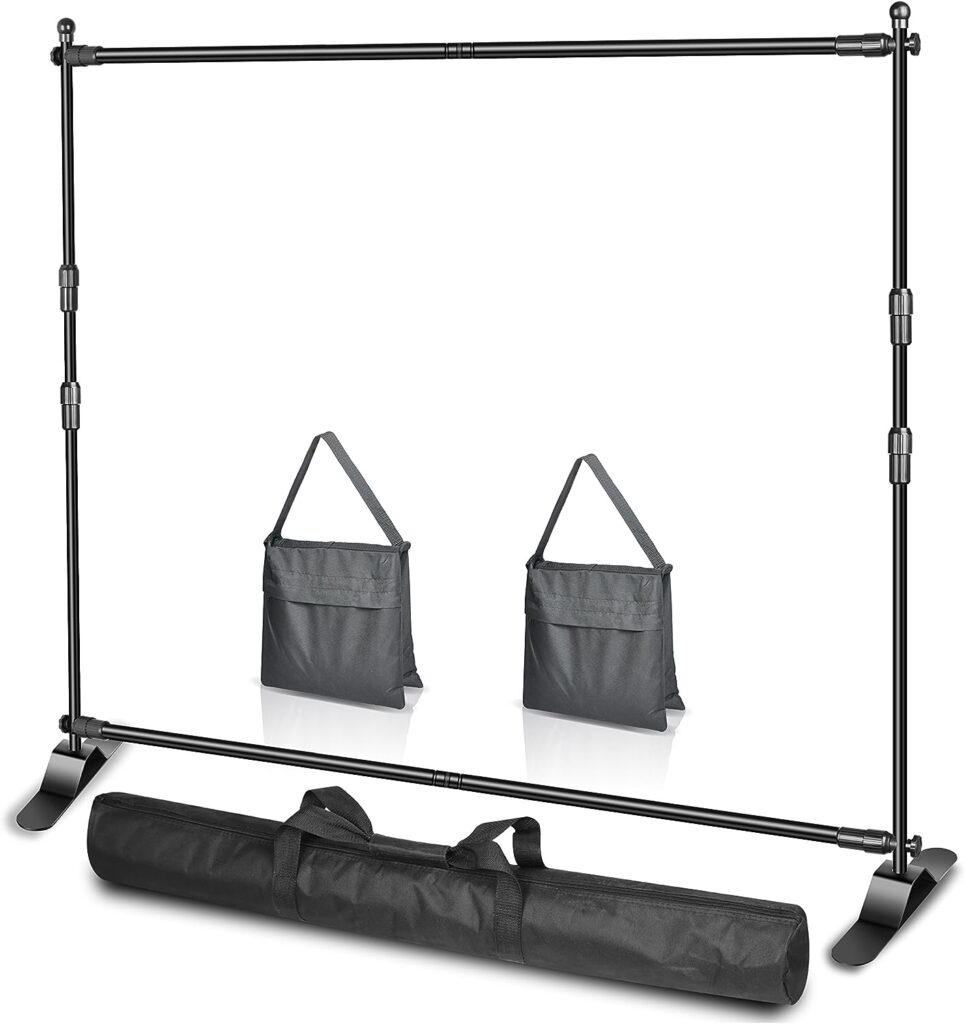Imagine a world where you become super productive, easily beating distractions, and mastering self-discipline effortlessly.
Well, guess what?
There’s a proven method to tap into this hidden power within you.
Throughout time, humans have studied how our bodies work and how we can make the most of our abilities. We have hands that can do amazing things, great memories, and the power to create.
But there’s something that often holds us back from success: self-discipline. As we go through life, we gather emotional baggage that weighs us down.
Life’s experiences can make us doubt ourselves and believe our efforts won’t pay off. Sometimes, when we’re young, people tell us to forget about our dreams. These situations can leave us feeling discouraged and unsure of ourselves.
We may stop dreaming big and settle for what life gives us. But we don’t have to be stuck that way. Nature has given us incredible tools to achieve our goals, and one of them is visualization.
Visualization is a powerful technique where we create vivid mental images of our desires. It’s like daydreaming, but we actively immerse ourselves in the experience of our dreams coming true.
Let’s explore the wonders of visualization together and learn how it can transform our lives. With visualization, we can unlock our true potential and shape the destiny we’ve always wanted. It’s time to embrace this amazing journey and make our dreams a reality.
Visualization: Creating the Life You Desire
Our brains are like powerful computers that can help us thrive, but they can also become our greatest obstacles if used the wrong way. If you’ve been weighed down by emotional baggage, making progress toward your goals might feel incredibly tough.
You might even doubt your worthiness of success or question if you deserve love at all, which is just silly! Remember, everyone deserves to live their best life. If our brains aren’t holding us back, they can actually attract the right opportunities to help us thrive.
In the 1970s, Soviet Union athletes practiced a technique that spread worldwide. They vividly imagined their performances and mentally practiced during downtime. This art of visualization enhanced their reflexes and improved their on-field performance. Since then, athletes across various sports have adopted this technique because it works.
How to Create a Life You Want- Using Visualization Exercises
Our brains control many aspects of our bodies, from reflexes to movement and speech. By training our brains with visualization exercises, our performance in specific areas can soar.
You don’t need a vivid imagination for visualization to work, but you must picture scenarios going as well as possible. This primes your mind to respond productively to future events. Visualization relies on the Law of Attraction, which states that our focus attracts corresponding energy into our lives.
If you keep replaying negative situations and seeing yourself being let down, you’ll likely attract more negative energy. This negativity can lead to feeling stuck, discouraged, and unworthy of positive changes.
On the other hand, focusing on the positive attracts more positive energy, enabling you to thrive. When you have a specific goal in mind, your brain actively works on achieving it.
To succeed in visualization, live as if you’ve already accomplished what you desire. This boosts your confidence and helps you recognize opportunities to move forward and create your ideal situations.
The principle is simple: what we consistently think shapes our reality. If we dwell on the negative, we’ll attract more negatives. But by focusing on the life we want, we attract positive changes and progress.
So, visualize the life you desire, stay positive, and watch your reality align with your dreams. Embrace this powerful practice, and you’ll discover the most productive and transformative journey of your life!
Visualization-How Does it Work?
Have you ever experienced a dream so vivid that even after waking up, your body responded as if it were real? You might have found yourself emotionally reacting to the events in the dream, and the experience may have lingered with you throughout the day.
Such instances offer a glimpse into the astounding power of the human brain, which can control us in ways beyond our comprehension or control.
Memories, too, hold a profound influence over us. When we look back on past experiences, they can evoke physical and emotional responses, impacting our present state.
In some instances, memories might even be rewritten in our minds, leading us to believe things that didn’t actually happen. However, if we are convinced that a memory is real, we’ll carry the emotions and experiences it entails as part of our reality.
The fascinating thing is that creativity and imagination can be so vividly conjured in the mind’s eye that they feel like actual events, eliciting specific emotional and physical responses. Now, let’s imagine a remarkable scenario where you take control of the emotions and events your brain processes.
Virtual Reality Putting Your Mind into it!
Envision yourself creating the reality that your mind believes in and works from. Picture how much more productive and accomplished you could be if your brain were on your side, empowering you to enhance your moods, find confidence in your actions, and achieve your goals.
As the popular saying goes, “seeing is believing.” If our brains perceive something, they may struggle to distinguish between the truth and reality. This phenomenon is akin to the way some people experience fear while watching horror movies, despite knowing that they aren’t real.
Visualization taps into this concept, employing the mind’s innate ability to blur the lines between imagination and reality, making it a potent tool in numerous aspects of life.
In fact, the power of visualization extends far beyond the realm of dreams and creative thoughts. This technique has been harnessed to incredible effect, even in the realm of physical health.
For instance, stroke victims have benefited from visualizing movements to prevent muscle atrophy and promote brain recovery. By simply imagining the precise movements of their bodies, they can trigger the brain to direct blood flow to the necessary areas. Visualization can even prevent the negative impact of blood clots, revitalizing regions at risk due to the stroke’s impact.
Unlike repetitive words or lists, which the brain may easily tune out as irrelevant, visualization engages the mind on a deeper level. As visual creatures, we often learn most effectively through action and observation. Therefore, it’s no surprise that visualization proves to be an advantageous tool in preparing for various situations and experiences.
Think of it as a form of mental rehearsal, where we play out scenarios in our minds, envisioning conversations going well, or situations unfolding with grace and success.
Visualization Engages the Mind
Athletes, for example, have been reaping the benefits of visualization for years. Even when they are not physically practicing on the field, they can mentally rehearse making the perfect play or responding adeptly to challenging situations. This not only sharpens their reflexes but also enhances their overall performance.
However, while visualization can be a tremendous asset, it can also pose challenges if we get stuck in negative thought cycles. Constantly worrying and imagining worst-case scenarios can lead to stress and anxiety, taking a toll on our physical and mental well-being.
In some cases, these negative thoughts may manifest into depression or emotional difficulties, further impairing our daily lives.
It is during such moments that maintaining a positive outlook becomes paramount. By harnessing the power of visualization, we can steer ourselves away from the pitfalls of negativity and strive to become the best versions of ourselves. Imagine the absolute best-case scenarios for yourself and your life, freeing yourself from the burden of stress.
It may seem surprising to consider just how much power our thoughts and mental images hold, but they can wield immense influence, either for our benefit or detriment.
Ultimately, we possess the autonomy to decide the direction our thoughts take and how they shape our lives. By embracing visualization as a powerful tool, we unlock the ability to create positive change and shape our destinies.
What is the Power of Visualization?
Now, imagine taking this incredible power of visualization and directing it towards building your future. Have you ever dreamed of achieving financial independence, running your own successful online business, and living life on your terms? Wealthy Affiliates can help turn these dreams into a reality.
With Wealthy Affiliate, you’ll have access to a powerful platform that offers comprehensive training and resources to guide you on your journey to online success. Whether you want to start a blog, create an e-commerce store, or monetize your passions, Wealthy Affiliate has the tools and support you need.
By combining the astonishing power of visualization with Wealthy Affiliate’s proven strategies, you’ll be empowered to unleash your untapped potential and build the life you desire.
So why wait? Embrace the power of visualization and take the first step towards a brighter future.
Join Today Click the Image Below:
Your journey to success begins with the power of your mind and the right tools to turn your dreams into reality. Embrace the transformative potential of visualization and Wealthy Affiliate, and watch as your life unfolds in ways you once thought were only possible in your dreams. The time to take control of your destiny is now.
**Frequently Asked Questions:
As we delve into the incredible power of visualization and its impact on our lives, you might have some burning questions about how it all works. Below, we’ve compiled three frequently asked questions to shed light on this transformative practice.
**Q1: How does visualization work and what are its benefits?**
A1: Visualization works by harnessing the brain’s natural ability to blur the lines between imagination and reality. When we vividly picture scenarios in our minds, our brains respond as if those events were happening in real life.
This phenomenon empowers us to take control of our emotions, enhance our productivity, and gain confidence in our actions. The benefits of visualization extend beyond the realm of creative thoughts; it can even aid in physical recovery and performance. For example, stroke victims have used visualization to prevent muscle atrophy and aid in brain recovery by simply imagining their body movements.
**Q2: Can everyone benefit from visualization, or is it only for creative individuals?**
A2: Absolutely, everyone can benefit from visualization! While creative individuals might have an easier time conjuring vivid mental images, the power of visualization is accessible to all. It’s not about having an exceptional imagination; instead, it’s about the clarity of intention and the emotional connection we forge with the envisioned scenarios. Whether you’re an athlete, an entrepreneur, or simply someone seeking personal growth, visualization can empower you to achieve your goals and transform your life.
**Q3: How can visualization help in achieving financial success and personal growth?**
A3: Visualization is a powerful tool in shaping our reality and guiding us towards the life we desire. When we envision financial success and personal growth, we are not merely daydreaming; we are mentally rehearsing the steps and outcomes needed to achieve our goals.
This mental practice boosts our confidence, sharpens our focus, and enhances our problem-solving skills. With a clear vision of success in mind, we attract positive energy and opportunities that align with our aspirations. When combined with practical strategies and support, like those provided by Wealthy Affiliate, visualization can be a driving force behind building a successful online business and achieving financial independence.
Embrace the astonishing power of visualization and equip yourself with the resources and guidance offered by Wealthy Affiliate.com to unlock your untapped potential. Whether you aspire to build a thriving online business or cultivate personal growth, visualization can be the key to your success. So, take the first step towards a brighter future and embark on a transformative journey with the power of your mind and the right tools by your side.

